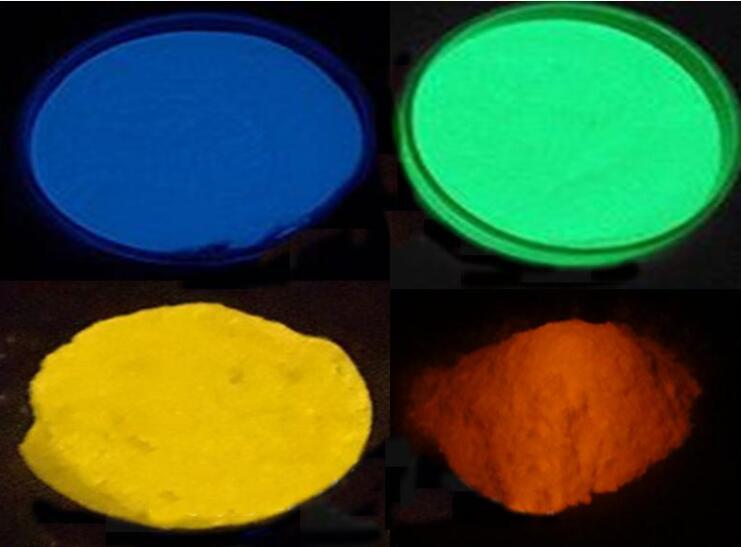In Frank Herbert’s space opera “Dunes”, a precious natural substance called “spice mixture” endows people with the ability to navigate the vast universe to establish an interstellar civilization. In real life on Earth, a group of natural metals called rare earth elements has made modern technology possible. The demand for these key components of Almost all modern electronic products is rising sharply.
Rare earths meet thousands of different needs – for example, cerium is used as a catalyst for refining oil, while gadolinium traps neutrons in nuclear reactors. But the most prominent ability of these elements lies in their luminescence and magnetism.
We rely on rare earth to color the screen of our smart phone, use fluorescence to show the authenticity of Euro banknotes, and transfer signals at the sea bottom through optical fiber cables. They are also necessary for manufacturing some of the strongest and most reliable magnets in the world. They generate sound waves in your headphones, enhance digital information in space, and alter the trajectory of thermal search missiles. Rare earth is also promoting the development of green technologies, such as wind power and electric vehicles, and may even produce new components of Quantum computer. Stephen Boyd, a synthetic chemist and independent consultant, said, “This list is endless. They are everywhere
Rare earth refers to Lanthanide lutetium and 14 elements between lanthanum and yttrium, which often occur in the same deposit and have chemical properties similar to Lanthanide. These gray to silver colored metals typically have plasticity and high melting and boiling points. Their secret strength lies in their electrons. All atoms have a nucleus surrounded by electrons, which reside in a region called an orbit. The electrons in the orbit farthest from the nucleus are Valence electron, which participate in chemical reactions and form bonds with other atoms.
Most Lanthanide have another important group of electrons, called “f-electrons”, which live in the golden zone near the Valence electron but slightly close to the nucleus. Ana de Bettencourt Dias, an inorganic chemist at the University of Nevada, Reno, said: “It is these f electrons that cause the magnetic and luminescent properties of rare earth elements.”
Rare earths are a group of 17 elements (indicated in blue on the periodic table). A subset of rare earth elements is called Lanthanide (lutetium, Lu, plus the line headed by lanthanum, La). Each element contains a shell, usually containing f electrons, which makes these elements have magnetic and luminous properties.
Post time: Jul-05-2023
